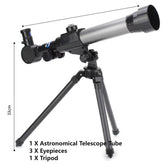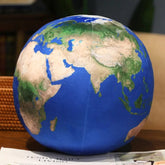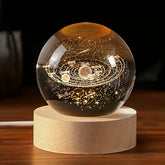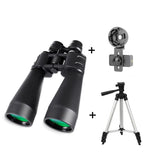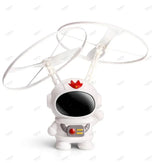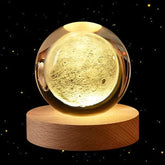Unveiling the Secrets of Earth’s Silent Companion
The Moon — Earth’s ever-present, silent companion — has fascinated humanity for millennia. From ancient myths to modern science, it remains a beacon of mystery and inspiration. But beyond its gentle glow lies a world of complex phenomena that continue to captivate astronomers, geologists, and dreamers alike.

The Moon’s Origins: A Violent Birth
The prevailing theory about the Moon’s formation, known as the Giant Impact Hypothesis, suggests that around 4.5 billion years ago, a Mars-sized body named Theia collided with the young Earth. The massive impact ejected enormous amounts of debris into orbit, which eventually coalesced into the Moon. This violent origin is key to understanding many of the Moon’s unique features, such as its composition, which is strikingly similar to Earth’s outer layers.
Tides and Time: The Moon’s Influence on Earth
The Moon’s gravitational pull is the primary driver of Earth’s tides, creating a dynamic rhythm of rising and falling seas that have shaped coastal ecosystems for eons. But the Moon also plays a subtle role in stabilizing Earth’s axial tilt. This stability helps maintain a relatively steady climate over geological timescales, crucial for life’s persistence.

Interestingly, the Moon is slowly drifting away from Earth at a rate of about 3.8 centimeters per year. As it recedes, tidal interactions gradually slow Earth’s rotation, lengthening our days over millions of years.
The Moon’s Surface: A Record of Cosmic History
Unlike Earth, the Moon lacks an atmosphere, weather, or active geology, meaning its surface preserves a near-pristine record of billions of years of space history. The countless impact craters visible today are testimonies to the violent early solar system, revealing epochs of intense bombardment.
The lunar “maria” — vast dark plains formed by ancient volcanic eruptions — add to the Moon’s intriguing geology. These basaltic regions, primarily on the near side, provide clues about the Moon’s internal heat and volcanic past.

The Moon in Human Culture and Exploration
From inspiring legends of lunar gods and spirits to marking time in calendars and rituals, the Moon has always been woven deeply into human culture. The Apollo missions of the 1960s and 70s marked humanity’s first direct touch on another world, sparking a new era of space exploration and scientific discovery.
Today, renewed interest in lunar missions aims to establish a sustainable human presence on the Moon, serving as a stepping stone for future exploration of Mars and beyond.

The Moon’s Future: Gateway to the Stars?
As we stand on the brink of a new lunar age, the Moon beckons as more than just a beautiful orb in our night sky. Its resources — including water ice in permanently shadowed craters — hold the promise of supporting astronauts and fueling deeper space missions.
In essence, the Moon is a mirror reflecting both Earth’s history and humanity’s aspirations. It challenges us to explore, understand, and ultimately, extend our reach into the cosmos.







